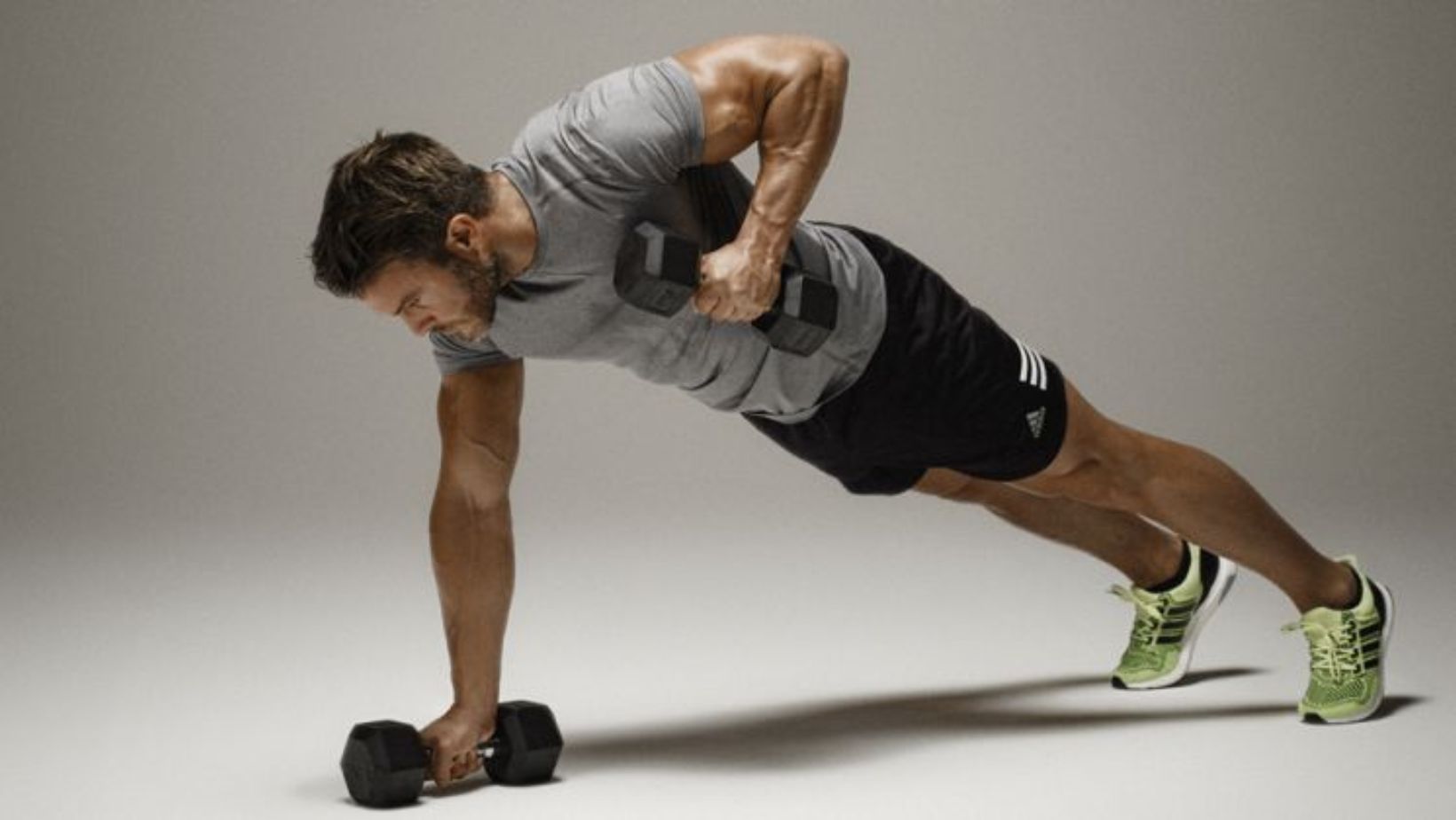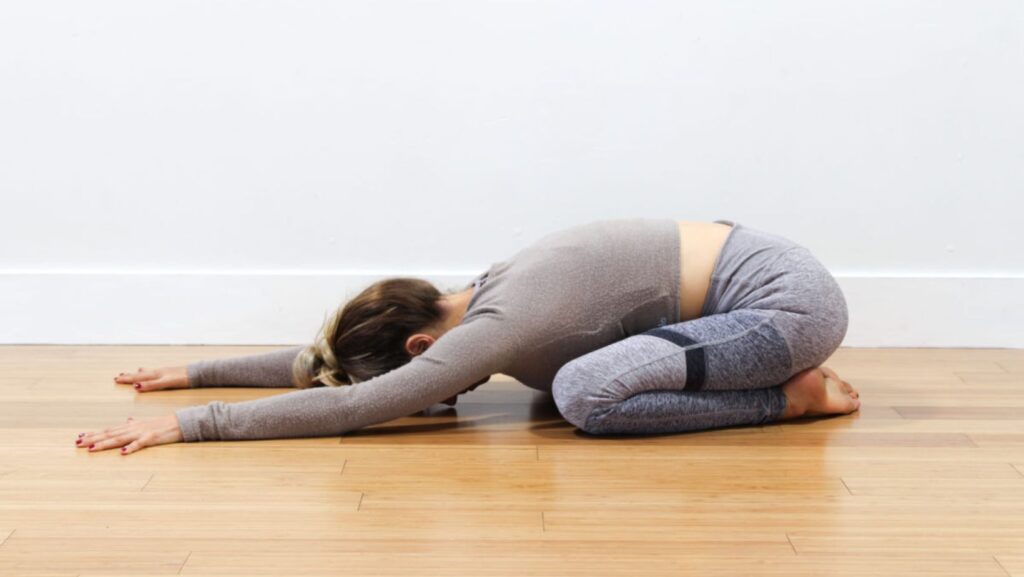Good posture is essential for maintaining overall body health, yet many of us struggle with slouching and hunching over during daily activities. Whether you’re sitting at a desk all day or spending hours in the gym, paying attention to your posture is crucial for preventing long-term issues.
Poor posture, such as a hunchback, not only affects your appearance but can also lead to discomfort and pain. Investing in regular exercise, and the right gym clothes, can help you target and fix this problem.
Understanding Hunchback Posture
Hunchback posture, or kyphosis, refers to an excessive rounding of the upper back. This can happen due to long hours spent sitting hunched over, poor posture habits, or even weak back muscles.
Over time, this curvature becomes more pronounced, leading to muscle imbalances, neck and back or rhomboid pain, and reduced flexibility. Common causes of kyphosis include muscle weakness, prolonged slouching, and even improper sleeping positions.
Benefits of Improving Posture
Fixing poor posture offers a range of health benefits, such as:
- Reduced back and neck pain: With proper posture, your spine is better aligned, which helps alleviate pain caused by hunching.
- Improved muscle and joint function: Good posture ensures your muscles and joints are working together efficiently, preventing strain.
- Enhanced body awareness: Being conscious of how you hold your body throughout the day can reduce bad habits like slouching.
- Better spine health: A healthy, aligned spine is crucial for long-term physical well-being, preventing further degeneration or pain.
10 Exercises to Improve Posture and Fix Hunchback
Renegade Row
Begin in a high plank position, holding a dumbbell in each hand.
Row one dumbbell towards your hip while keeping your body stable, then lower it back down and repeat with the other arm.

Posture benefits: The Renegade Row engages strengthens the muscles responsible for pulling your shoulders back and stabilizing your spine, leading to improved posture and reduced risk of hunchback.
Foam Roll Thoracic Spine
- Begin by lying on your back with a foam roller placed horizontally under your upper back.
- Gently roll back and forth to release tightness in the thoracic spine.
How it helps posture: This exercise stretches and loosens the upper back, helping to reduce a hunched posture caused by tightness in the thoracic spine.
Chest Opening Stretch
- Stand tall, clasp your hands behind your back.
- Lift your chest toward the ceiling while pulling your shoulder blades together.
Benefits: This stretch opens up tight chest muscles, countering the effects of sitting and slouching, leading to better posture.
Wall Slides
- Stand with your back against a wall and your arms in a “W” position.
- Slowly slide your arms upward into a “Y” position without arching your lower back.
Posture benefits: Wall slides engage the shoulder blades and strengthen upper back muscles, improving posture and alleviating hunchback symptoms.
Chin Tucks
- Sit or stand tall and gently tuck your chin towards your neck without bending forward.
- Hold for a few seconds and release.
How it strengthens neck muscles: This simple move strengthens the neck and upper back muscles, which are crucial for maintaining an upright posture.
Seated Hamstring Stretch
- Sit on the floor with one leg extended straight in front of you.
- Lean forward from your hips, reaching towards your toes, keeping your back as straight as possible.
- Hold this stretch for 20-30 seconds.

How it improves posture: Tight hamstrings can pull on your lower back, contributing to poor posture and back pain. By loosening the hamstrings, this stretch helps alleviate lower back strain, allowing you to maintain an upright posture more easily.
Cat-Cow Pose
- Begin on all fours, alternating between arching your back (cow) and rounding it (cat).
- Move slowly and focus on breathing with each motion.
Benefits: This exercise improves spine mobility and flexibility, reducing stiffness in the back.
Plank Pose
- Hold a straight line from head to heels, engaging your core muscles.
- Keep your shoulders over your wrists and avoid sagging your hips.
How it strengthens core and improves posture: A strong core is essential for maintaining proper posture. Planks strengthen both your abdominals and lower back, improving posture.
Child’s Pose
- Kneel on the floor, sit back onto your heels.
- Reach your arms forward while lowering your chest to the ground.
How it stretches and relaxes back muscles: Child’s Pose helps stretch the entire back, relieving tension and promoting better posture.
Doorway Pectoral Stretch
- Stand in a doorway with your arms bent at a 90-degree angle.
- Step through, feeling a stretch across your chest.
Benefits: This stretch opens the chest and shoulders, combating the tightness that contributes to hunchback posture.
Tips for Incorporating These Exercises into Your Routine
- Frequency recommendations: Aim to do these exercises 3-4 times a week for the best results.
- Consistency is key: Regular practice is crucial to see improvement in your posture.
- Combine with other habits: Pair these exercises with posture-improving habits, like adjusting your workspace ergonomics and being mindful of your posture throughout the day.
Additional Posture Improvement Strategies
- Ergonomic workspace setup: Ensure your computer screen is at eye level and that you have a supportive chair.
- Mindfulness throughout the day: Regularly check your posture, especially when sitting for long periods.
- Proper sleeping position: Avoid sleeping on your stomach, as this can cause neck and back strain. Try to sleep on your back with proper support.
Conclusion
Improving your posture can lead to better physical health, reduced pain, and increased confidence. By incorporating these 10 exercises into your routine, you can start correcting hunchback posture and feel the benefits in no time.
